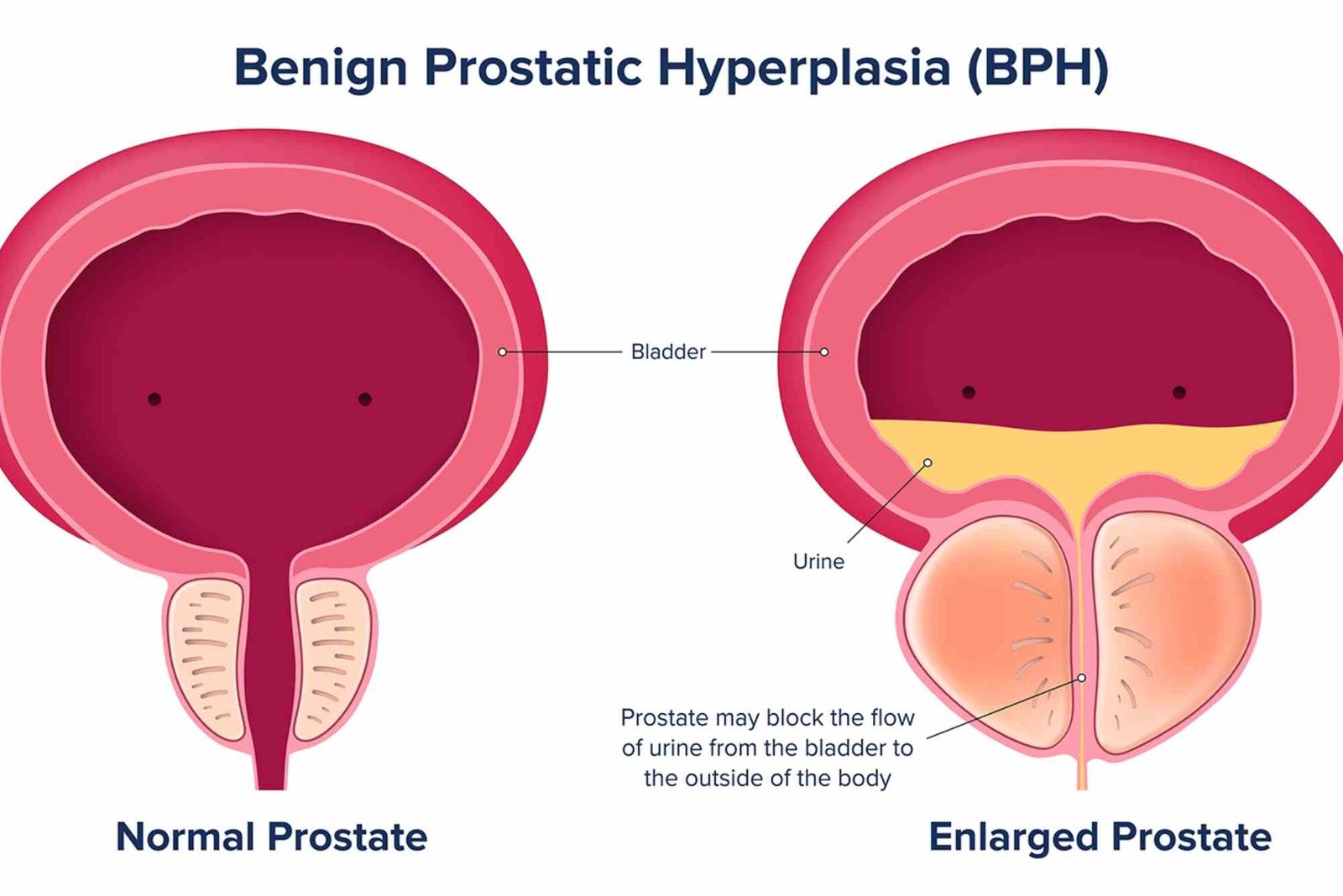Introdution
The suspension system is one of the most vital parts of an automobile. It doesn’t just make the ride comfortable—it ensures stability, control, and safety on every road surface. Whether you’re driving on a smooth highway or a rough country path, the suspension system keeps your tires in contact with the road and absorbs the shocks from bumps and potholes. Understanding what is the function of suspension system in automobile helps you appreciate how this engineering marvel transforms driving into a smooth and safe experience.
Understanding the Suspension System
In simple terms, the suspension system connects a vehicle’s body to its wheels and allows relative motion between the two. It consists of springs, shock absorbers, control arms, linkages, and other components designed to manage the forces generated by driving. Every time your car hits a bump or corner, the suspension system acts to balance comfort with control. It minimizes vibrations, absorbs shocks, and ensures maximum tire contact for better handling and braking.
The importance of the suspension system goes far beyond comfort. It’s about stability, traction, and safety. Without it, your vehicle would be hard to control, and even small bumps could cause the tires to lose contact with the road.
What is the Function of Suspension System in Automobile
The main function of the suspension system in an automobile is to provide comfort, stability, and safety. It absorbs the shocks caused by uneven road surfaces, maintaining tire contact and ensuring the vehicle remains stable and controllable. The system also distributes weight evenly across all wheels, allowing smooth cornering, effective braking, and precise steering.
A good suspension system ensures that both the driver and passengers feel less vibration from the road, while also protecting other mechanical parts from damage caused by excessive vibration. In essence, it acts as the buffer between the road and the car’s frame.
If you want a deeper technical explanation and detailed diagrams, visit this what is the function of suspension system in automobile — Quick Guide for more insights.
Key Components of a Suspension System
Every part of a suspension system plays a role in delivering a balanced ride. These components work together to manage the forces acting on the car while maintaining optimal comfort and control.
Springs
Springs are the heart of the suspension system. They absorb energy from road impacts and then release it gradually. This prevents the full force of bumps from being transmitted to the vehicle’s cabin. There are different types of springs—coil springs, leaf springs, and torsion bars—each used depending on the vehicle’s design and purpose.
Shock Absorbers
While springs absorb the energy, shock absorbers (or dampers) control how fast that energy is released. Without shock absorbers, the vehicle would keep bouncing after hitting a bump. They convert kinetic energy into heat, ensuring a stable and controlled ride.
Control Arms
Control arms connect the suspension to the car’s frame, allowing the wheels to move up and down while keeping them properly aligned. They maintain wheel position during acceleration, braking, and cornering.
Struts
A strut combines a shock absorber and a coil spring into one assembly. Many modern cars use MacPherson struts for simplicity and cost-effectiveness. They help support the vehicle’s weight and maintain wheel alignment.
Anti-Roll Bars
Also known as stabilizer bars, these components reduce body roll during cornering. They link opposite wheels and ensure that the car stays level when turning at speed.
How Suspension Systems Work
When a vehicle encounters a bump, the wheel moves upward, compressing the spring. The spring absorbs the energy, preventing the force from reaching the cabin. The shock absorber then slows the spring’s rebound, ensuring the car doesn’t bounce repeatedly. Together, these components maintain continuous tire contact with the road.
During cornering, the suspension system distributes weight evenly, helping prevent the car from leaning excessively. When braking, it resists the forward pitch, and during acceleration, it prevents excessive rear squat. All these actions combine to deliver a smooth and safe driving experience.
Types of Suspension Systems
Modern automobiles use different types of suspension systems, each offering unique advantages.
Independent Suspension
In this system, each wheel moves independently of the others. It’s the most common type used in modern cars, providing better ride comfort and handling. Independent suspensions include MacPherson strut, double wishbone, and multi-link designs.
Dependent Suspension
In a dependent suspension, the wheels on the same axle are connected. When one wheel moves, it affects the other. This setup is simple, durable, and often found in heavy-duty vehicles like trucks.
Semi-Independent Suspension
This system combines elements of both. It provides moderate comfort and control, often used in small and mid-size vehicles. Torsion beam suspensions are a popular example.
Importance of the Suspension System in Vehicle Performance
The suspension system directly affects how your car feels and performs. A well-designed suspension improves handling, stability, and comfort. It also influences braking distance, steering response, and even fuel efficiency by keeping the tires properly aligned.
A malfunctioning suspension can lead to uneven tire wear, poor steering control, and a rough ride. That’s why regular inspection and maintenance are crucial.
Signs of Suspension Problems
Knowing the symptoms of suspension issues helps prevent major repairs and safety risks. Some common signs include:
-
Excessive bouncing or swaying while driving
-
Uneven tire wear
-
Nose diving during braking
-
Drifting or pulling to one side
-
Knocking or clunking noises over bumps
If you notice any of these, it’s essential to get your suspension checked by a professional mechanic. Neglecting suspension issues can compromise handling and increase the risk of accidents.
Maintenance Tips for a Healthy Suspension System
Maintaining the suspension system ensures long-term performance and safety. Here are some key practices:
-
Check your tires regularly for proper inflation and alignment.
-
Inspect shocks and struts every 50,000 miles or as recommended.
-
Replace worn-out components immediately.
-
Avoid overloading your vehicle.
-
Get regular wheel balancing and alignment.
These small steps go a long way toward extending the life of your suspension and improving your driving experience.
How Suspension Affects Ride Comfort and Safety
The suspension system plays a dual role: enhancing comfort and ensuring safety. It cushions passengers from road shocks while maintaining constant tire grip. Better grip means more control, shorter braking distances, and improved cornering performance.
High-end vehicles often feature adaptive or air suspension systems that automatically adjust stiffness based on driving conditions. This balance of comfort and performance demonstrates the engineering excellence behind modern suspension designs.
The Future of Automotive Suspension
Technology continues to evolve, and suspension systems are no exception. From conventional hydraulic setups to advanced adaptive systems, the future is exciting. Many new cars now use electronically controlled dampers that adjust in real time for optimal ride comfort and handling.
Electric vehicles and autonomous cars are pushing suspension innovation even further, integrating sensors and AI to predict and respond to road conditions. Soon, we may see fully predictive systems that adapt before hitting a bump, delivering unmatched ride quality.
Understanding what is the function of suspension system in automobile gives you deeper insight into how vehicles deliver both safety and comfort. The suspension system is not just about absorbing shocks; it’s about maintaining control, improving traction, and protecting other vehicle components. Regular maintenance ensures your car performs efficiently and safely for years.
To explore more technical guides and automotive insights, check out More automobile articles for expert resources. You can also find comprehensive car reviews and comparisons on Car and Driver — a trusted source for every car enthusiast.
FAQs
What happens if the suspension system fails?
If your suspension fails, your car becomes unstable and unsafe. You’ll experience poor handling, longer braking distances, and potential tire damage.
How often should I replace my shock absorbers?
Most experts recommend replacing shock absorbers every 50,000 to 100,000 kilometers, depending on driving conditions and vehicle type.
Does suspension affect fuel economy?
Yes, poor suspension alignment increases rolling resistance, which can reduce fuel efficiency. A properly maintained system helps maximize mileage.
What type of suspension is best for comfort?
Independent or air suspension systems offer the best ride comfort, especially for luxury vehicles.
Can I drive with a damaged suspension?
Driving with a damaged suspension is unsafe. It affects control, braking, and overall vehicle balance. Always get it repaired as soon as possible.




